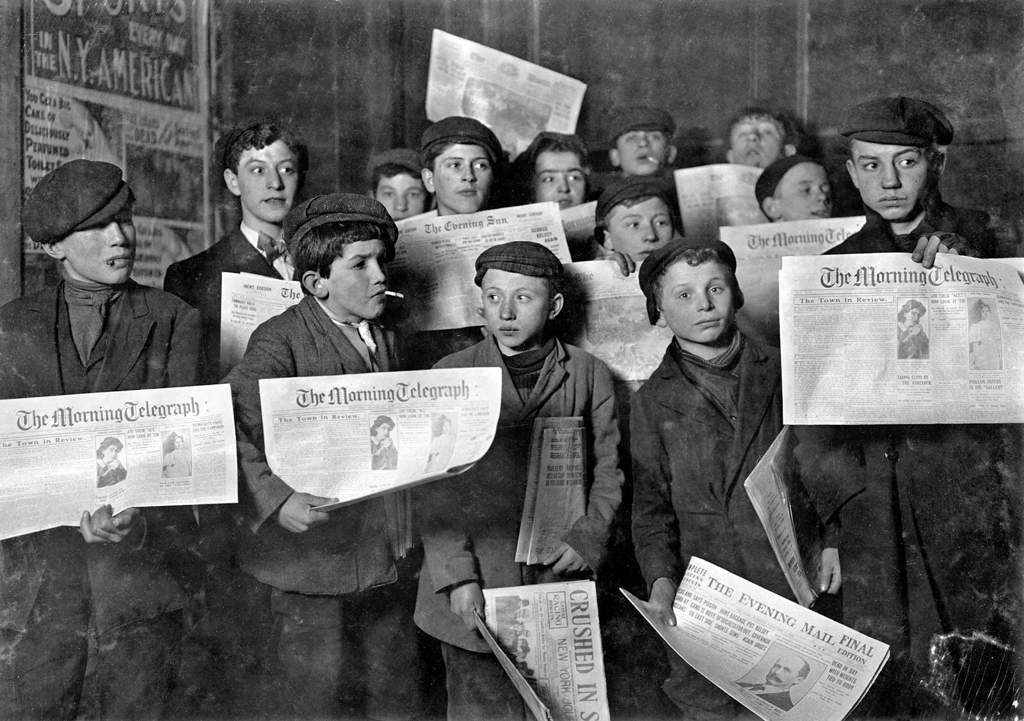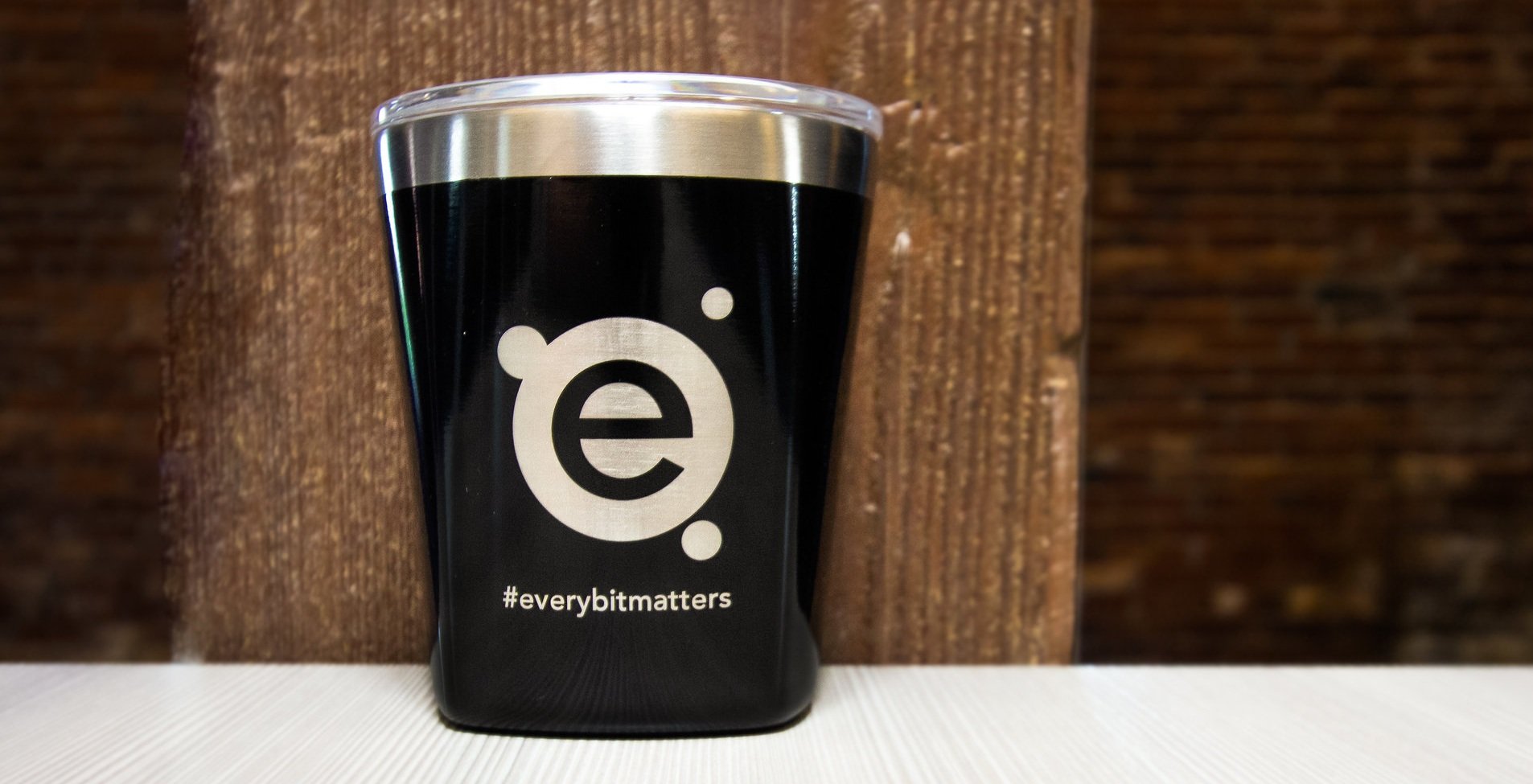What is known today as advertisement came with the rise of the roaring 20’s. American business owners began to focus their efforts on unique and eye-catching ways to appeal to the general public. What was once in the form of posters has now extended to water bottles, t-shirts, pens, cups, bottle openers, and more. There are very few things that cannot be used for promotional marketing. Promotional products allow companies to deliver their brand into peoples homes. Much more useful than a business card (which can often be forgotten in the depths of a wallet), promotional products provide an easy way to get strangers acquainted with the brand and provide great exposure wherever the product goes.
But why is that? Is this method of advertisement really that effective? Is it really worth it? In short, the answer is yes. Statistically speaking, people are 85% more likely to do business with a company after receiving a promotional product. This is due the human response of reciprocation which is best demonstrated during gift giving holidays through the abundance of Christmas and thank you cards that circulate the globe. This phenomenon was demonstrated through a study done by Phillip Kunz in 1974. A sociologist at Brigham Young University, he randomly selected around 578 strangers to whom he would send a personalized note. Within a week the responses started trickling back and some kept up correspondence for the next 15 years. This was further explained by Robert Cialdini, an emeritus psychologist from Arizona State University and author of Influence: The Psychology of Persuasion.
This rule of reciprocation, he says, is drilled into people as children and demonstrated in the obligation to give back, starting with the urge to say hello in response to another’s greeting. He says that this response is the reason that humanity continues to flourish. Historically, even before currency was popularized, the idea of trade ran the economies of early civilizations.
In today’s terms, this particular rule of economic reciprocation is demonstrated through tipping, where those that placed some sort of mint or chocolate on the check tray had a 3.3% increase in tips, and those that gave a second mint specifically for so and so found a 20% increase over their usual tip. Another great example can be found in the 1960’s when the Hare Krishna movement was struggling financially. This ended when they started to hand out small books, flowers, or magazines to passers-by. Upon accepting the gift, people would almost always donate, simply because of the unspoken sociological rule of reciprocation.
Find out how to implement this social strategy through products that are well designed and well thought out in next week’s blog.
Information gathered from National Public Radio Inc.
____________________________________________________
Article written and edited by Bryn Baldasaro for The Element Group.


